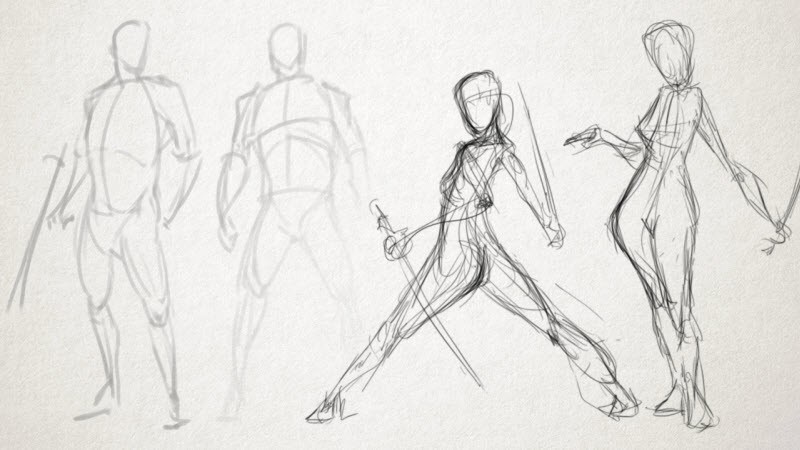
Welcome to our comprehensive guide on mastering figure sketching. In this article, we will explore the essential steps to improve your skills in anatomy, proportions, foreshortening, and more.
Whether you are a beginner or an experienced artist, this guide will provide you with the knowledge and techniques necessary to create dynamic and realistic figure sketches.
Get ready to enhance your understanding of the human form and take your drawings to new heights. Let's dive in and unlock your artistic potential.
Understanding the Human Anatomy
Within the realm of figure sketching, a thorough comprehension of the human anatomy is essential for artists to accurately depict the proportions and movements of the human body. Analyzing posture and emphasizing facial expressions are crucial aspects of understanding the human anatomy.
When studying posture, artists observe the alignment of the spine, the position of the limbs, and the distribution of weight. This knowledge allows them to capture the dynamic nature of the body and convey a sense of balance or tension in their sketches.
Facial expressions, on the other hand, reveal a wealth of emotions and help bring the figures to life. Artists must pay attention to the subtle nuances in the positioning of the eyebrows, eyes, mouth, and other facial features to accurately portray different moods and personalities.
Effectively mastering proportions is crucial in figure sketching, as it allows artists to accurately represent the relationships and dimensions between various body parts. To achieve this, artists must understand the concept of proportional measurements.
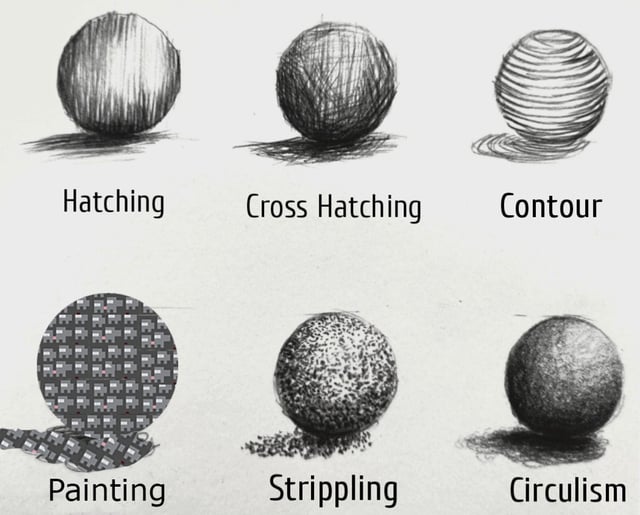
By using these measurements, artists can ensure that the size and position of each body part are accurately depicted in relation to one another. This creates a sense of harmony and balance in the figure sketch.
Additionally, mastering proportions also involves correcting figure distortions. Sometimes, due to angles or perspective, certain body parts may appear larger or smaller than they actually are. Artists must be able to identify these distortions and make the necessary adjustments to ensure a faithful representation of the human form.
Exploring Different Body Types
When sketching figures, it is important for artists to consider the diverse range of body types that exist and how they can be accurately represented. Embracing body positivity and cultural diversity in art allows for a more inclusive and representative portrayal of the human form.
Artists can explore various body types, from different ethnic backgrounds to varying shapes and sizes, to challenge societal norms and celebrate the beauty in all bodies. By depicting a wide range of body types, artists can promote body acceptance and empower individuals to embrace their uniqueness.
This not only fosters a sense of inclusivity but also educates and raises awareness about the importance of diversity in our society. Through art, we can inspire others to appreciate and celebrate the beauty of all body types, encouraging a more accepting and tolerant world.
Capturing Dynamic Poses
When it comes to capturing dynamic poses in figure sketching, one must pay attention to the energy in motion and the expressive body language of the subject.
The lines and curves of the figure should convey the sense of movement and vitality, bringing the drawing to life.
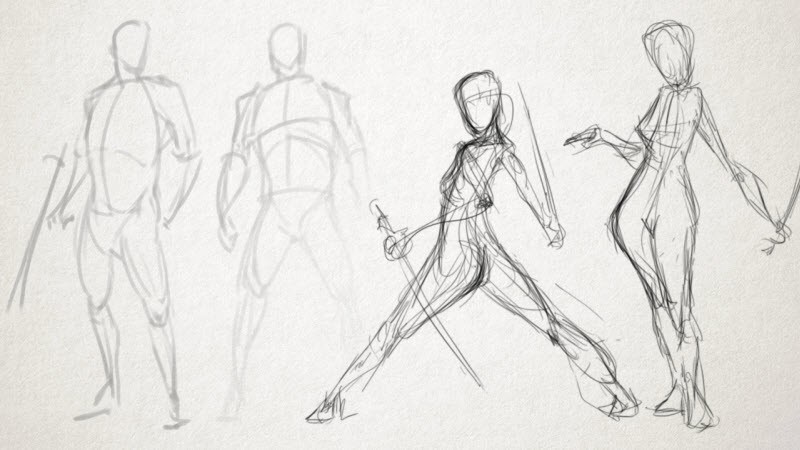
Energy in Motion
One key aspect of capturing dynamic poses in figure sketching is the careful use of fluid lines to convey the energy and movement of the subject. The flowing movement of the lines adds a sense of liveliness and vitality to the drawing, bringing the figure to life on the page.
By skillfully employing these lines, an artist can create a visual representation that captures the essence of the subject's motion and gestures. It is through these flowing lines that emotions can be conveyed, allowing the viewer to feel the excitement, tension, or grace of the pose.
With each stroke, the artist can infuse the sketch with energy, creating a dynamic composition that leaves a lasting impact on the observer.
Expressive Body Language
To capture dynamic poses in figure sketching, an artist must master the art of using expressive body language and fluid lines. This involves understanding and accurately depicting the various facial expressions and body postures that convey emotion and movement.
Here are two key techniques that can help artists bring their sketches to life:
Facial Expressions: The face is a powerful tool for expressing emotions. By focusing on the eyes, eyebrows, mouth, and other facial features, artists can convey a wide range of feelings, from joy and excitement to sadness and anger. Experimenting with different angles, shadows, and line weights can further enhance the expressiveness of the face.
Body Postures: The position and movement of the body can communicate a wealth of information. Whether it's a relaxed stance, a dynamic mid-action pose, or a tense and hunched posture, capturing the right body language can add depth and energy to a figure sketch. Paying attention to the tilt of the shoulders, the bend of the spine, and the positioning of the limbs can make a huge difference in creating a convincing and expressive pose.
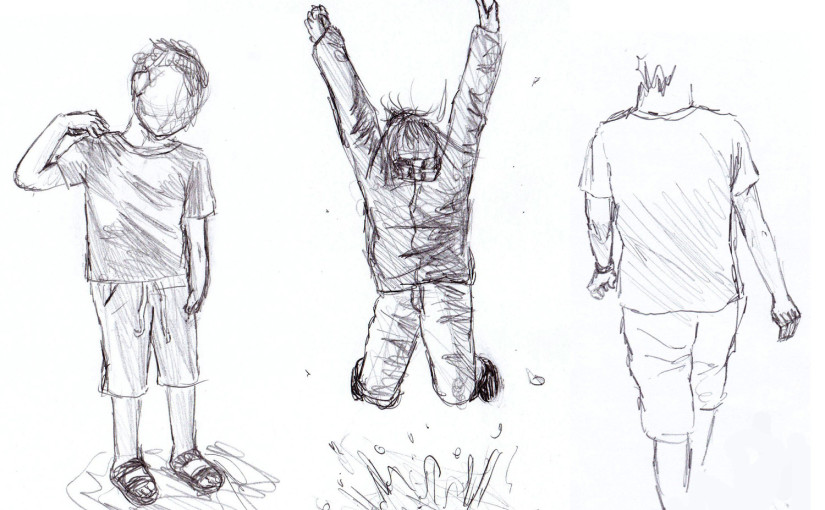
Tackling Foreshortening Challenges
When it comes to tackling foreshortening challenges in figure sketching, one must first address the issue of visual distortion. Foreshortening can often lead to an inaccurate representation of proportions, making it crucial to employ techniques that ensure precision.
Overcoming Visual Distortion
In order to effectively tackle the challenges of foreshortening and overcome visual distortion in figure sketching, it is crucial to understand the underlying principles of perspective and spatial relationships. By mastering these fundamentals, artists gain the freedom to accurately represent the human form in various poses and angles.
Here are some techniques for accurate proportions and overcoming visual distortion:
Break down the figure: Start by breaking down the figure into basic geometric shapes. This simplification helps in understanding the overall structure and proportions.
Use guidelines: Sketching guidelines can be immensely helpful in maintaining accurate proportions. These lines act as references for aligning different body parts and ensuring they are in the correct perspective.
Study anatomy: A strong knowledge of human anatomy is vital for overcoming visual distortion. Understanding how muscles and bones interact allows artists to accurately depict the figure, even when it is foreshortened.
Practice observation: Regularly observing and sketching from life, as well as studying reference images, trains the eye to perceive foreshortening accurately. This practice builds the ability to capture the essence of the figure while maintaining accurate proportions.
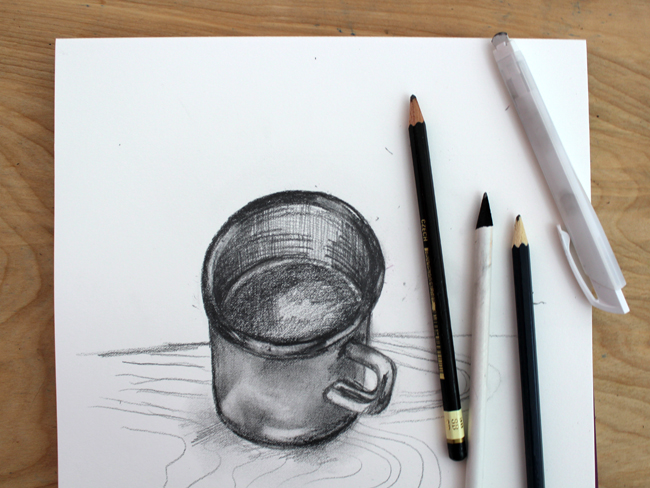
Techniques for Accurate Proportions
One key technique for achieving accurate proportions in figure sketching, particularly when tackling foreshortening challenges, is to employ a systematic approach that involves careful measurement and comparison of body parts. Measuring techniques play a crucial role in ensuring the correct proportions are captured on paper.
Artists can use tools like a pencil or their own fingers to measure the length and width of different body parts, comparing them to establish proportional guidelines. By breaking down the figure into smaller, manageable sections, artists can tackle foreshortening challenges with more precision.
This systematic approach allows for greater freedom and creativity in capturing the human form, ensuring that even complex poses can be accurately represented. With practice, artists can develop a keen eye for proportions, resulting in more realistic and dynamic figure sketches.
Enhancing Your Understanding of Muscles and Bones
The understanding of muscles and bones is essential for mastering figure sketching. To enhance your understanding of these crucial elements, consider the following:
Muscle Structure
Study the different muscle groups and their functions in the human body.
Learn how muscles attach to bones and contribute to movement and form.

Skeletal System
Familiarize yourself with the bones of the body and their proportions.
Understand the relationship between bones and muscles, as they work together to create the body's structure and pose.
An understanding of the interplay between light and shadow is crucial for achieving depth and dimension in figure sketching. Using highlights and shadows effectively allows an artist to create a sense of depth and volume in their sketches, bringing the figures to life on the page.
Understanding the importance of light in creating form is essential, as it helps to define the contours and shapes of the figure. By utilizing chiaroscuro techniques, which involve the dramatic contrast between light and dark, artists can add a sense of drama and intensity to their sketches. Shadows can be used to emphasize certain areas, while highlights can bring attention to specific details.
Adding Depth and Dimension to Your Drawings
To truly enhance the realism of your drawings, it is essential to incorporate shading techniques and perspective to add depth and dimension to your figures. By mastering these skills, you can create lifelike figures that seem to leap off the page.
Here are some key tips to help you achieve this:
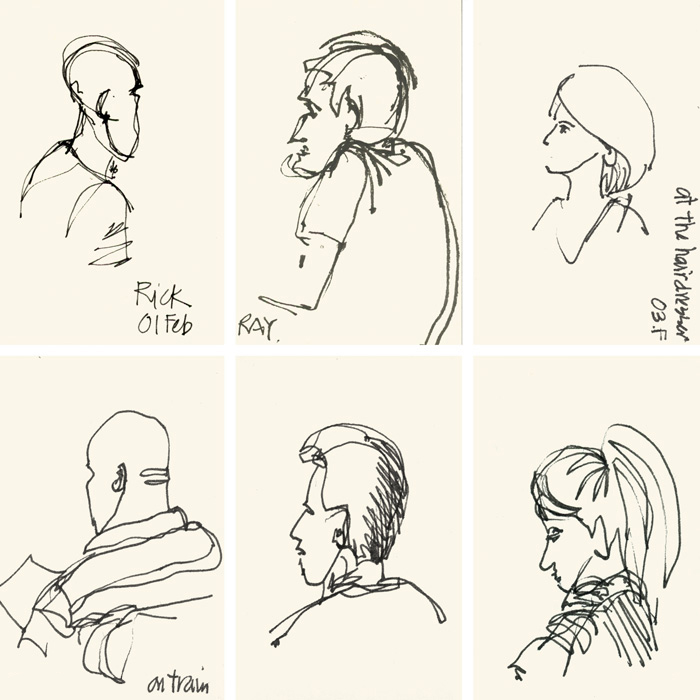
Creating realistic textures:
Experiment with different shading techniques to mimic the texture of skin, fabric, or other materials.
Pay attention to details such as wrinkles, folds, and patterns to bring your figures to life.
Using negative space effectively:
Utilize the empty spaces around your subject to emphasize its form and create a sense of depth.
Carefully observe the negative spaces and use them to guide your shading and highlighting.
Practicing Gesture Drawing Techniques
One effective way to improve your figure sketching skills is by regularly practicing gesture drawing techniques. Gesture drawing is a dynamic and expressive approach to capturing the essence of a subject in a short amount of time. It focuses on capturing the movement, energy, and emotions of the figure rather than getting caught up in details.
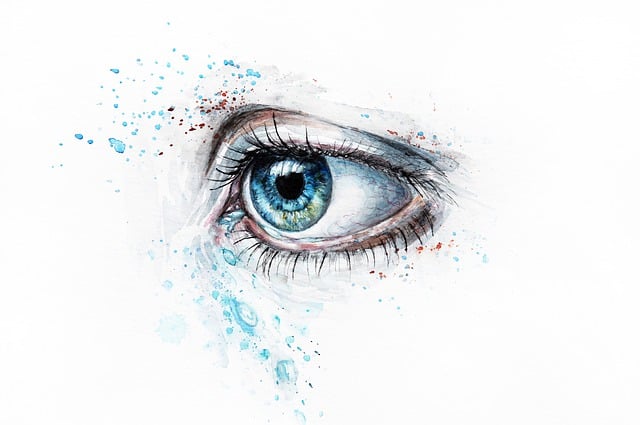
By practicing gesture drawing, artists can improve their speed and ability to quickly capture the overall gesture of a pose. This helps in developing a better understanding of the human body and its proportions.
Moreover, gesture drawing allows artists to convey emotions and create more lively and engaging sketches. It gives them the freedom to experiment with different lines, shapes, and strokes, resulting in more dynamic and expressive figure sketches.
Frequently Asked Questions
When sketching figures, beginners often make common mistakes such as incorrect proportions, lack of understanding of anatomy, and neglecting to consider foreshortening. To improve, they should focus on practicing these areas and seeking guidance from experienced artists.
How Can I Improve My Accuracy in Capturing Proportions?
Improving accuracy in capturing proportions is crucial in figure sketching. Attention to detail, careful observation, and understanding of anatomical proportions are vital. Practicing with live models or reference images can enhance accuracy and mastery in this area.
Are There Any Specific Tips for Sketching Different Body Types, Such as Muscular or Slender Figures?
When sketching different body types, it is crucial to capture the essence of curves and angles. Pay attention to shading techniques that can add definition and bring out the unique characteristics of muscular or slender figures.
Creating movement in figure sketches involves adding expressive gestures to convey a sense of dynamism and liveliness. By incorporating flowing lines, dynamic poses, and capturing the essence of movement, figure sketches can come to life and engage the viewer.
Foreshortening techniques are essential for effectively conveying depth in figure sketching. By strategically adjusting proportions and angles, artists can create the illusion of objects appearing closer or farther away, adding a dynamic and realistic element to their sketches.
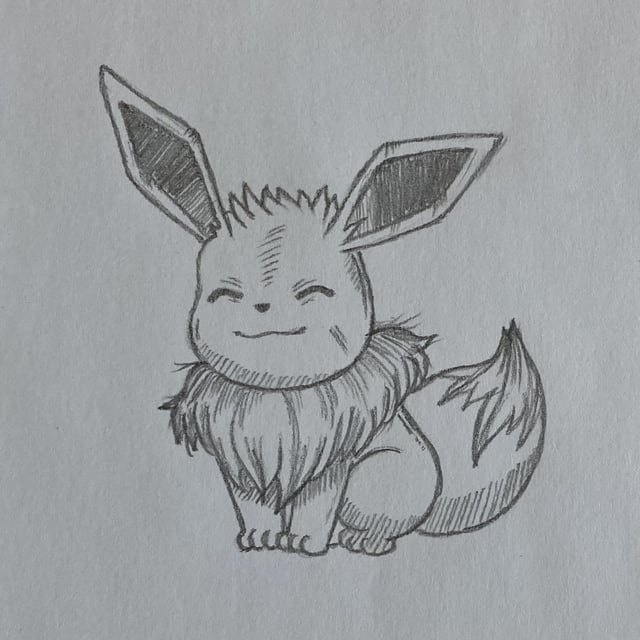
 Writing TipsCreative WritingJournalingSketching TechniquesBuying GuidesPrivacy PolicyTerms And Conditions
Writing TipsCreative WritingJournalingSketching TechniquesBuying GuidesPrivacy PolicyTerms And Conditions
